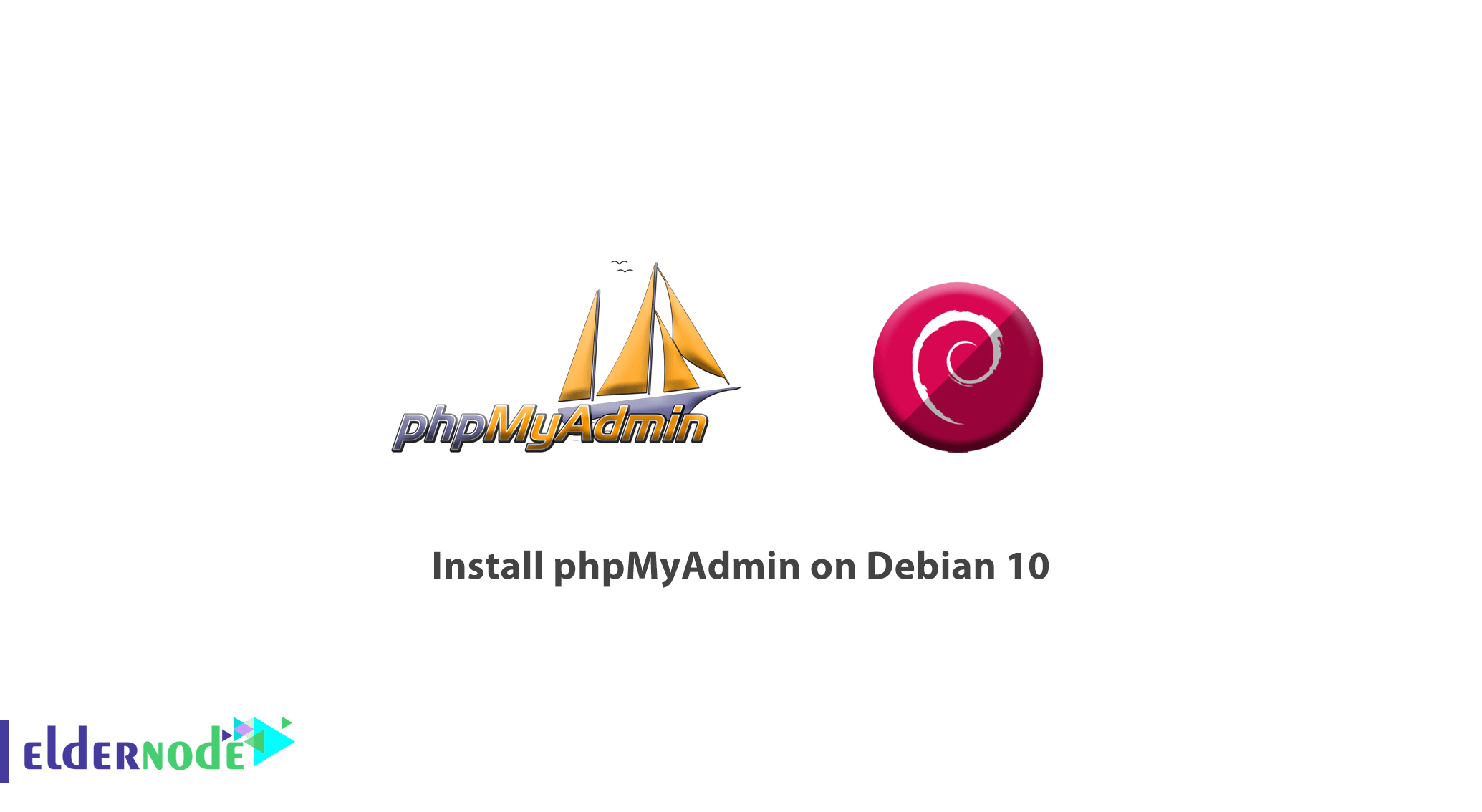

- #Debian install install#
- #Debian install update#
- #Debian install full#
- #Debian install software#
- #Debian install download#
Originally, it was only supported under text-mode and ncurses.
#Debian install install#
It makes use of cdebconf (a re-implementation of debconf in C) to perform configuration at install time. It is also one of two official installers available for Ubuntu, the other being called Ubiquity (itself based on parts of debian-installer) which was introduced in Ubuntu 6.06 (Dapper Drake). It originally appeared in the Debian release 3.1 (Sarge), released on June 6, 2005, although the first release of a Linux distribution that used it was Skolelinux (Debian-Edu) 1.0, released in June 2004. Remove the USB flash drive from the computer and click continue to restart the computer.īy choosing the installation without desktop, when loading the system a console window will be shown asking for a user and its password, you can use root or the user you have created in the user accounts configuration step.Microcosm of Debian, made of udebs (loading from Windows is supported via win32-loader)ĭebian-Installer is a system installer designed for the Debian Linux distribution. Wait a few minutes until the installation is complete. I only select SSH Server and System Utilities.
#Debian install software#
Although the system requires maintenance regarding various updates, by default I activate the automatic installation option to correct serious vulnerabilities without having to be pending.įinally, in the software selection window, since at least in my case I don’t want a desktop environment. In the next window, the installer will ask us if we want to automatically install security updates on our server. If you have a Proxy to access your network, it can be configured in the next step, usually you have none, so it can be left blank.

If you don’t know the nearest mirror Web address, choose. Select the Debian mirror country for the package manager, and a Web address of your choice for your country. Since the computer will be used exclusively as a server and almost all services will be encapsulated in Docker containers, the hard disk will be configured to use a single disk partition, select the internal hard disk (be careful not to select the USB memory), and indicate that all files will be saved in a single partition.Īt the moment, RAID, LVM will not be configured… Save.
#Debian install full#
In the user account configuration, define a password for the user root (administrator), and for the user account to be used usually with less privileges: full name, username, and password. In my case I leave it empty by not using this option in my network. The domain is usually the same for all devices in the house. The first one uses a proprietary driver, so during the installation it becomes difficult to configure it, I choose to connect the network cable and configure the device later. In my case, the computer has a Wi-Fi connection and a network cable. The network settings will then be loaded so that the necessary files can be downloaded during installation. Select the language, location, and keyboard map. Insert the USB flash drive into the Mini-PC where you are going to install Debian 11, and turn it on.Ī screen with an installation menu will appear. When are done, close the window and unplug the USB. The rest of the options can be left as default.Ĭlick on Start. Open Rufus, load the recently downloaded image into the program, and select the USB. You can also use any other bootable USB software.

#Debian install download#
Next, download Rufus from its official website. The first thing to do is download the image and burn it to the USB stick using Rufus.įrom the page for obtaining Debian 11, select the image for your machine’s architecture.

I have chosen to do an installation with a boot USB containing the Debian 11 image. A computer already configured to create an installation image on the USB drive.The computer/ Mini-PC/ NUC… where we are going to install Debian 11.In this list, the first point is to install Debian 11 from scratch on the Mini-PC.
#Debian install update#
This will ease the task of keeping the settings and data of each “application”, and the quick update and management of each one separately without affecting the rest. So I decided to install a Linux-based operating system, Docker and all services as Docker containers. But many times, they fall short in functionality and not all services are available as Add-on. Home Assistant Add-ons are quite useful, they allow you to configure new services in a simple way. After trying Home Assistant on a Raspberry Pi 2 for several months, it became necessary to buy a Mini-PC in order to expand the services and devices in my home, that is why I have encouraged myself to buy a Medion S22003 MD34639.


 0 kommentar(er)
0 kommentar(er)
